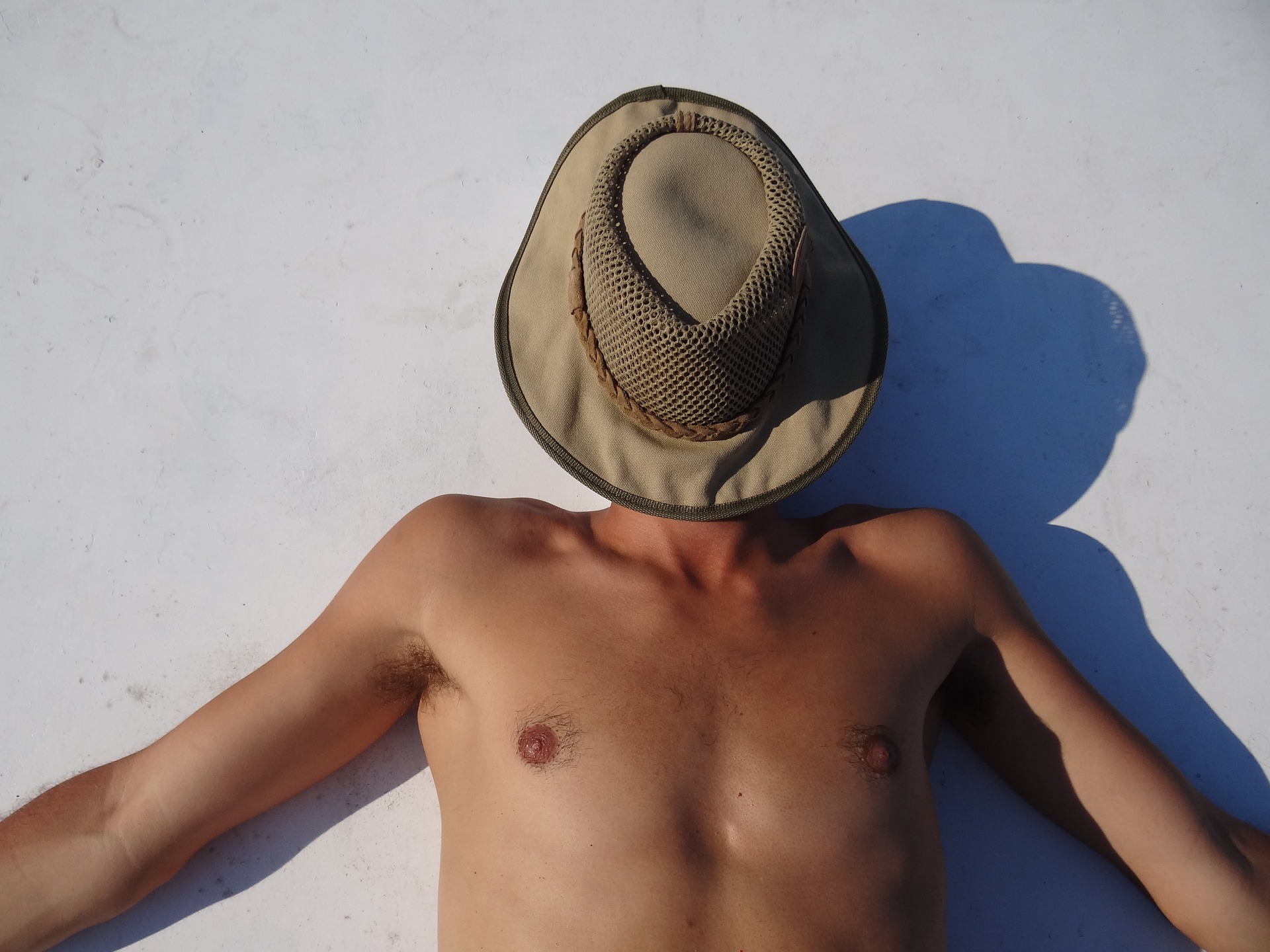
Ōtepoti – A new app that provides localised information on ultraviolet (UV) radiation levels has been launched by the World Health Organisation, the World Meteorological Organisation, the United Nations and the International Labour Organisation.
The sunsmart global UV app provides five-day UV and weather forecasts at searchable locations.
It highlights time slots when sun protection is required with the aim of helping people around the world know when to use sun protection, in an effort to reduce the global burden of skin cancer and UV-related eye damage.
The app is available on Apple App and Google Play stores. It provides personalised options so that users can take actions to protect prolonged, excessive UV exposure, a major cause of skin cancer and other UV related diseases.
It allows the inclusion of national and local data streams and adaptation to multiple languages – it is currently available in Chinese, English, French, Russian, Dutch and Spanish.
The UV App has been launched to coincide with the first day of summer in the northern hemisphere, so not so helpful as New Zealand has just passed the shortest and one of the coldest mornings of the year. But in summer, we should try it.
By increasing the public’s awareness and helping to reduce the incidence of skin cancer, the app ultimately supports the achievement of UN sustainable development goal three, which aims to ensure healthy lives and well-being worldwide by 2030.
There are factors that influence the amount of UV that reaches the ground including clouds, the ozone layer, the presence of particles in the atmosphere and the altitude of the location or the type of surface.
Globally, it is estimated that over 1.5 million cases of skin cancer were diagnosed globally in 2020.
During the same period, more than 120,000 people across the world lost their lives to this highly preventable disease.
One of the main factors contributing to these cancers is excess UV radiation from thinning of the earth’s stratospheric ozone layer resulting from the release of certain manmade chemicals.
Under the international treaty known as the Montreal Protocol, all UN Member States are phasing out the production and consumption of those substances according to a specific timetable.
As a result of these continuing efforts, the ozone level is projected to recover by mid-century. In the meantime, individuals need to be particularly cautious to protect themselves from receiving too much UV exposure – this is where the UV app plays an important awareness role.

